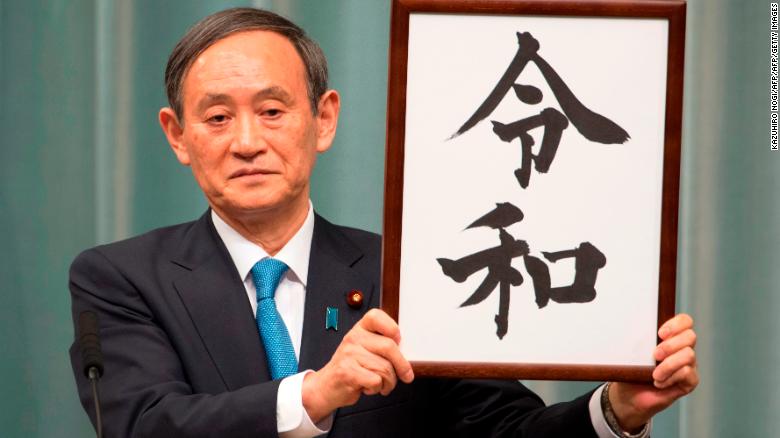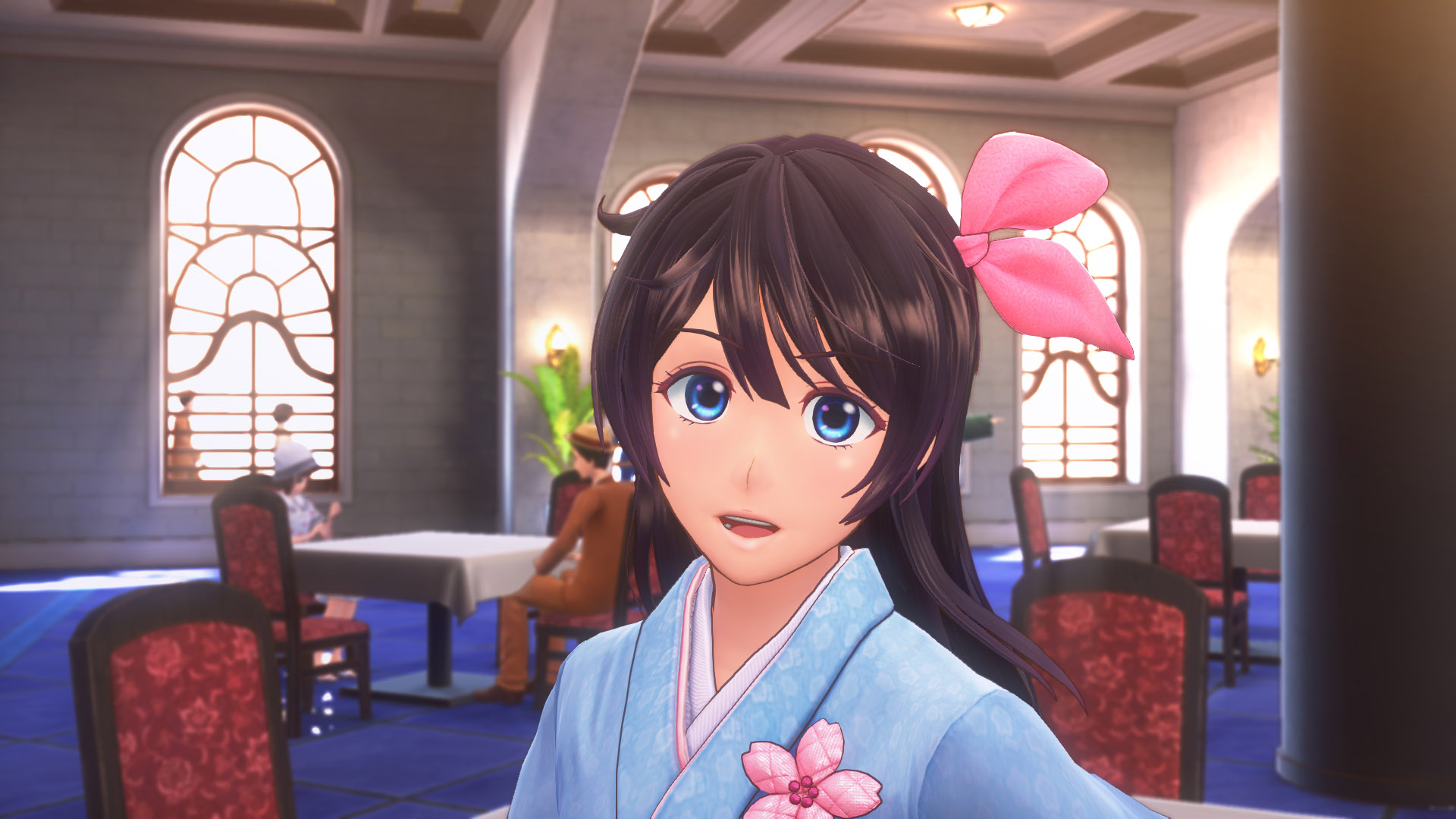Two historic announcements were made in Japan during the past week. Both are completely unrelated, but I nevertheless decided to force them into a comparative framework. Let’s see how well that works.

Image CNN
Japan is right on schedule with the plan of turning the page on the 30 years of the Heisei era by announcing the new gengo, or era name, much to the delight of twitter users and idea-starved food conglomerates. Commemorative potato chips anyone? The new era name, starting May 1, 2019, is set to be Reiwa, or « auspicious peace » if we refer to Abe’s press conference. Other, probably more concrete meanings based on the characters’ common understanding, would point at a translation closer to « commanding peace » or « commanding harmony ». In both cases, the new era name seems to translate the current administration’s tendency towards a stronger right-wing national affirmation in the face of contemporary challenges and conflicting international relationships in the East Asia region. Considering that Heisei could be, in retrospect, defined by the two major natural disasters that bookend the era, major epoch-defining terrorist attacks, both foreign and domestic, as well as the more tangible aging crisis and the spectre of unruly North Korea, the choice is probably meant to inspire optimism in Japanese society. A new emperor will not solve any of these problems, but might breathe some much-needed vitality to Japanese public life.

Image Zerochan
The second announcement does not quite have as much gravity as the first. Indeed, SEGA is set on breathing new life to Sakura Taisen, a franchise that, for all instances and purposes, had been lying dormant since 2005. Shin Sakura Taisen, the announced project’s name, is still very short of specifics since the only available information released about the game is but a single two minute-long promotional video, but already certain elements are worth a closer look for fans of the series. No gameplay elements have been revealed, but it is already clear that recent developments in the Japanese VR design principles are bleeding into more mainstream products. Looking at the first images of the game, it seems obvious that SEGA is taking account of Summer Lessons’ camera work and the sense of scale that characterize VR products so as to renew bishōjo games’ old formula. More than anything, it is the first-person perspective and the focus on eye contact that reminds me the most of Summer Lessons.
However, one should not forget that, primarily, this game as always banked on feelings generated by its unabashed nostalgic national affirmation through the reinterpretation of Japan’s pre-war prosperity that eschews issues of colonialism, war of expansion and fascism. Themes of the series have focused on the domestic struggle between tradition/modernity and mysticism/science in an era of transition. In Sakura Taisen, Japan is at the centre of the Asian world, and « commands » a form of harmony between colonial territories under the auspices of the Empire that the fighting maidens of the game protect against domestic demons. The visual identify of Sakura Taisen is rife with flags, military uniforms, and other symbols that echoes the national and military mobilization of social life that emerged in the Taisho era.
Shin Sakura Taisen is announced at a time when Abe’s government is taking steps to direct the country’s symbolic direction, as opposed to a constitutional one, towards a stronger affirmation of nationalism that could be characterized as more authoritarian. It is because of the insistence of fans’ desire to re-actualize the series’ cleaned-up depiction of the Taisho period, perhaps in need of some empowering representation of Japan, that SEGA has finally decided to approve the project after a hiatus of fifteen years. Taking into consideration that Sakura Taisen originally came out in 1996 in the middle of the ¨lost decade¨ where optimism was at a very low point after the financial crash, its runaway success as a social phenomenon could be read in conjunction with the catharsis that its worldview provided to gamers, a demographic that has often expressed sympathy for nationalist right-wing politics. It offered an imagined window on the Taisho era, a time when Japan could confidently compete with Western nations for global influence, without considering its darker moments. The series lost its purpose when its characters started to travel to France and the United States in the fourth and fifth opuses, but a return to Japan, set chronologically in 1940 just before the start of the Pacific War when the Empire of Japan was arguably at its most authoritative, signals that SEGA finally understands the appeal of this series of games and its broader media mix: its function as a device for positive national representation relying on a rewriting of history. It presents a fantasy of what a Greater East Asian Co-prosperity Sphere could have been.
It is still unclear if this new game represents the desire to recapture this untamed national affirmation and positivity for Japan’s future made possible by an authoritarian leadership, but it raises enough few time-sensitive questions that justifies keeping an eye open on it in the coming year. Indeed, newsworthy events sometimes echo one another in revealing ways. Will Shin Sakura Taisen be the first significant gaming product of the Reiwa era? In any case, it is time to dust off my Sega Saturn and Dreamcast to do justice to the series’ previous entries that I have yet to play and, at the same time, see how much of the ideas presented here hold up.
